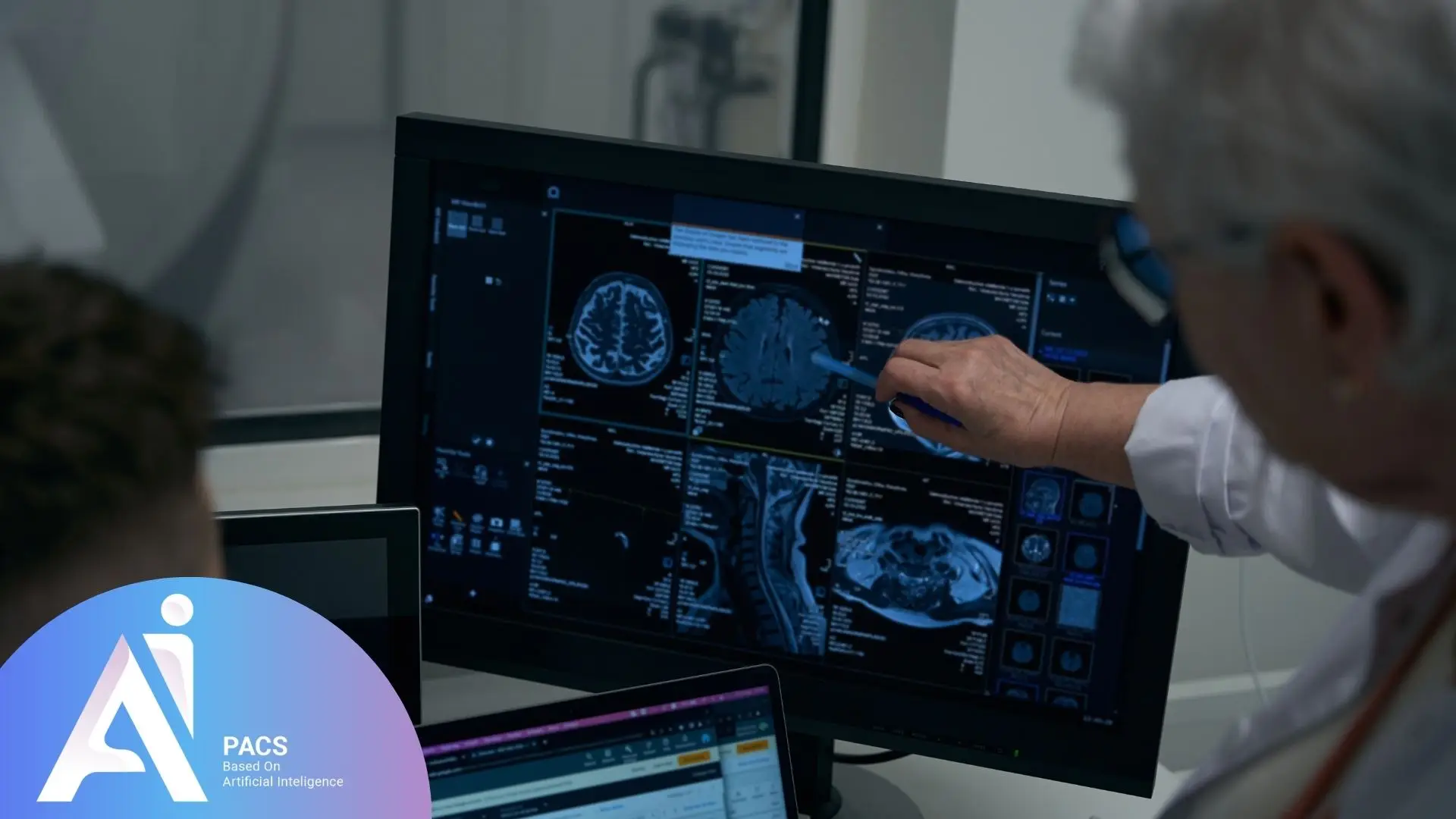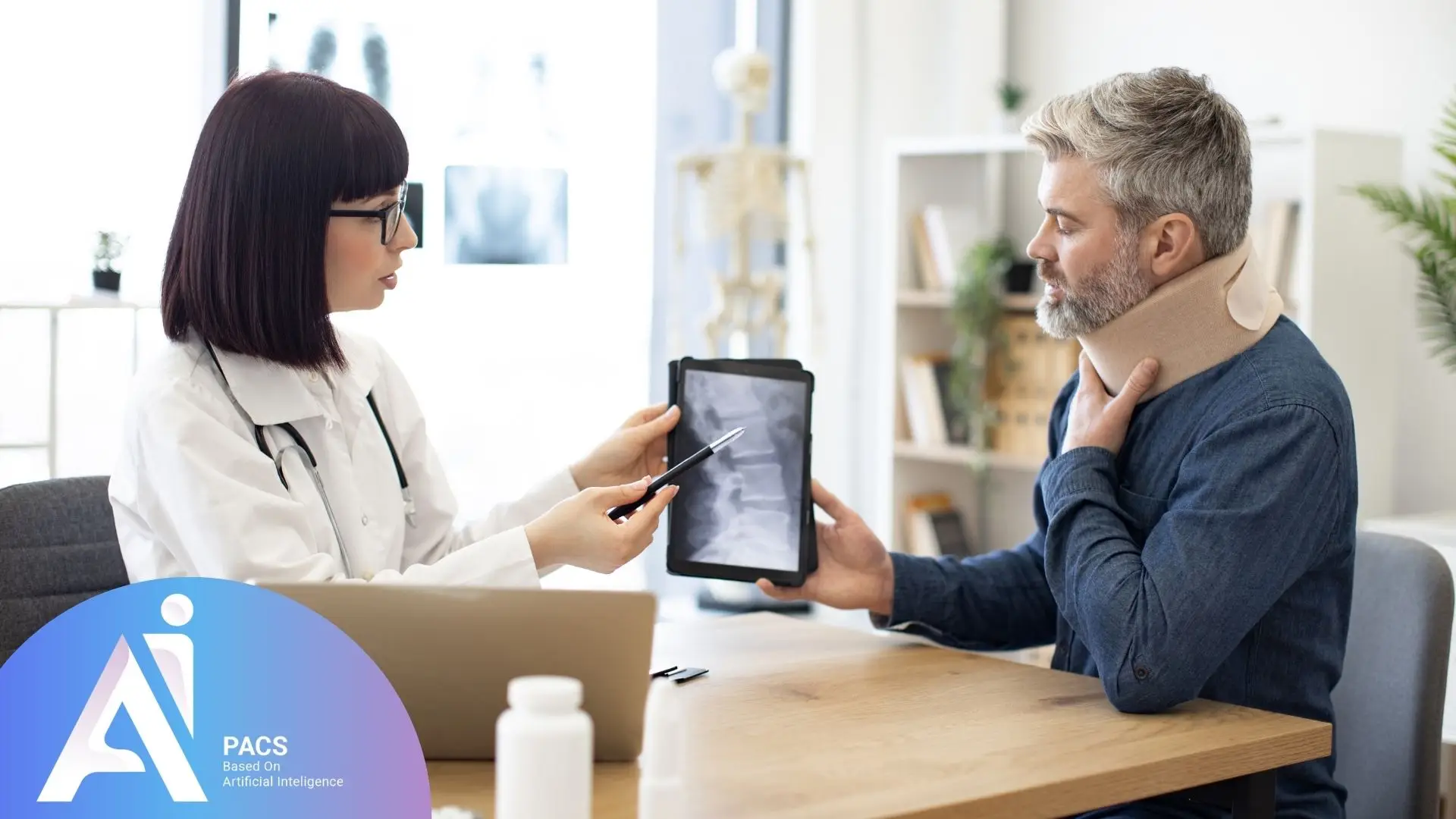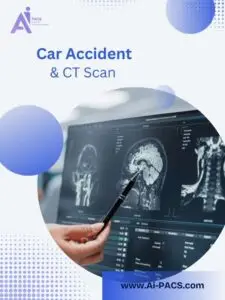Car accident and trauma CT scan
CT scans, or Computed Tomography scans, are a vital diagnostic tool in assessing trauma following car accidents. By producing detailed, cross-sectional images of the body, CT scans allow healthcare professionals to quickly identify injuries that may not be immediately visible, such as internal bleeding, fractures, or organ damage. Their speed and precision make them indispensable in emergencies, where timely diagnosis can be the difference between life and death. Unlike traditional X-rays, CT scans provide a comprehensive view of internal structures, enabling doctors to evaluate the full extent of trauma and prioritize life-saving treatments.

What is a CT Scan and How Does It Work?
A CT scan, short for a Computed Tomography scan, is a powerful imaging technique to create detailed, cross-sectional images of the body. It combines multiple X-ray images from different angles and uses computer processing to comprehensively view internal organs, bones, blood vessels, and soft tissues. During the procedure, the patient lies on a motorized table that moves through a large, circular machine called a CT scanner. The scanner emits X-ray beams while detectors capture the data to create a 3D image. In trauma cases, a CT scan provides critical insights into hidden injuries, such as brain hemorrhages, organ damage, and internal fractures, helping doctors make rapid and accurate diagnoses.
Why it’s preferred over traditional X-rays for trauma cases
CT scans are preferred over traditional X-rays and other imaging methods in trauma cases due to their ability to provide much more detailed and comprehensive images. While X-rays are effective for identifying simple fractures or gross abnormalities, they cannot capture subtle or internal injuries such as small bleeds, soft tissue damage, or organ injuries. CT scans, on the other hand, create 3D images that allow doctors to visualize complex structures from multiple angles. They are particularly useful for evaluating critical areas like the head, chest, and abdomen, where precise imaging is crucial for identifying life-threatening conditions. Additionally, the speed of CT scans makes them ideal in emergencies, where time is of the essence for diagnosing and treating injuries.
Why is a CT Scan Critical After a Car Accident?
Car accidents often cause a wide range of injuries, from visible fractures to hidden internal damage that may not show immediate symptoms. A CT scan is critical in such situations because it provides a detailed and accurate view of the body, enabling medical professionals to identify injuries that could be life-threatening if left undetected. Its ability to deliver fast and precise results ensures that patients receive the correct diagnosis and treatment without delay, which is especially vital in emergency cases. A CT scan plays a pivotal role in guiding medical decisions and saving lives by pinpointing the exact location and extent of injuries.
📄 Need a CT Report Interpreted After an Accident?
After a traumatic event, getting fast and accurate results from your CT scan can be life-saving. Instead of waiting in long hospital lines, explore our online emergency CT interpretation service for immediate trauma assessment to receive expert radiologist interpretations remotely—helping you move forward with confidence and clarity.
Importance of identifying hidden injuries
Not all injuries after a car accident are visible or immediately apparent. Internal bleeding, fractures in complex areas like the pelvis or spine, and damage to vital organs such as the liver, spleen, or brain can go unnoticed without proper imaging. CT scans excel at detecting these hidden injuries by providing detailed cross-sectional views of the body, ensuring that even subtle abnormalities are identified. Timely diagnosis of these conditions is crucial, as delayed detection can lead to severe complications or fatalities. For example, identifying internal bleeding early allows for immediate surgical intervention, potentially saving a patient’s life.
How does it help prioritize emergency treatments?
In an emergency, every second counts, and CT scans help prioritize treatments by giving a clear picture of the patient’s condition. For instance, if a patient has multiple injuries, the scan can determine which injury is the most critical and needs urgent attention, such as a brain hemorrhage or a punctured lung. A CT scan allows medical teams to develop a targeted and efficient treatment plan by highlighting the severity and location of injuries. This reduces the risk of complications, prevents unnecessary procedures, and ensures that life-threatening conditions are addressed first.
Case examples of injuries commonly diagnosed through CT scans
- Head Injuries: CT scans can detect brain hemorrhages, skull fractures, and swelling, which are common after high-impact collisions. Early diagnosis can prevent permanent neurological damage.
- Chest Injuries: A CT scan is invaluable for identifying rib fractures, lung contusions, or heart injuries, all common in accidents involving airbags or steering wheel impacts.
- Abdominal Injuries: Trauma to the liver, spleen, or kidneys is frequently diagnosed using a CT scan, enabling doctors to manage internal bleeding or organ damage quickly.
- Spinal Injuries: CT scans can reveal fractures or dislocations in the spine, which are critical to assess for potential paralysis risks.
These examples highlight how CT scans provide essential information that guides emergency interventions, ensuring patients receive timely and effective care.

Types of Injuries Diagnosed with a Trauma CT Scan
A trauma CT scan is an indispensable tool in diagnosing a wide range of injuries caused by car accidents. Its ability to provide detailed images of the body’s internal structures makes it crucial for detecting injuries that may not be apparent through physical examination or traditional X-rays. Below are the key types of injuries commonly identified using a trauma CT scan:
Head Injuries: Head trauma requiring specialized brain imaging is a common consequence of car accidents, often resulting from sudden impact or the head striking hard surfaces. CT scans play a crucial role in diagnosing such injuries by identifying swelling or bruising of brain tissues caused by concussions, detecting cracks or breaks in the skull that could lead to severe complications, and revealing brain bleeding (intracranial hemorrhage), which, if left untreated, can result in life-threatening neurological damage or death. This rapid and detailed imaging ensures timely and effective medical intervention. If you are looking for comprehensive brain imaging interpretation for trauma assessment you can click on the link.
Chest Injuries: High-impact collisions frequently cause severe chest injuries, often resulting from the force of seat belts or steering wheels during an accident. Trauma CT scans are vital for detecting these injuries, including lung contusions, which involve bruising or damage to lung tissue that can impair breathing; rib fractures, which may lead to complications like punctured internal organs; and heart damage, such as blunt trauma or pericardial effusion (fluid accumulation around the heart). These detailed scans enable accurate diagnosis and prompt treatment, reducing the risk of serious complications.
Abdominal Injuries: The abdomen requiring comprehensive imaging, which is highly susceptible to injury in car accidents, particularly during high-speed collisions, making a CT scan essential for quickly identifying internal damage. It can detect liver injuries such as lacerations or ruptures that may lead to internal bleeding, spleen injuries like ruptures or tears due to the organ’s delicate nature, and kidney trauma, which could result in blood in the urine or impaired kidney function. These scans provide critical insights for diagnosing and treating abdominal injuries promptly, reducing the risk of severe complications.
Spinal Injuries: The spine is particularly vulnerable during car accidents, especially in rollover or rear-end collisions, and CT scans are crucial for diagnosing related injuries. These scans can identify fractures in the vertebrae that may destabilize the spine and reveal spinal cord compression, where the spinal cord is pinched or injured, potentially leading to paralysis if left untreated. By providing detailed imaging, CT scans enable timely and accurate intervention to prevent long-term complications.
📄 Want to See How Trauma Injuries Are Described in a CT Report?
Understanding how internal injuries—like brain bleeds, organ lacerations, or spinal fractures—are documented in CT scan reports is crucial for patients and caregivers. CT Scan Report Format Guide to see how radiologists present trauma findings in real clinical reports.
When is a CT Scan Recommended After an Accident?
CT scans are typically recommended after an accident when there is a need to quickly and accurately assess potential internal injuries. Not all injuries are visible or apparent immediately following a collision, so doctors rely on specific signs and symptoms to determine whether imaging is necessary. The decision to perform a CT scan often depends on the severity of the accident, the patient’s condition, and the potential risks of internal damage. This diagnostic tool is particularly critical when time-sensitive injuries, such as internal bleeding or brain trauma, are suspected.
Symptoms that warrant immediate imaging
Certain symptoms are red flags indicating the need for an immediate CT scan. These include:
- Loss of Consciousness: This can suggest a potential brain injury, such as a concussion or intracranial bleeding.
- Severe Headache or Confusion: Signs of possible brain trauma or swelling.
- Severe Pain: Particularly in the head, chest, abdomen, or spine, which could indicate fractures, organ damage, or internal bleeding.
- Difficulty Breathing: Suggesting potential lung contusions or chest injuries.
- Weakness or Numbness: Symptoms that could indicate spinal cord injuries or nerve damage.
- Visible Deformities: Such as swelling or abnormal positioning, which may indicate broken bones or dislocations.
- Vomiting or Dizziness: Common signs of a head injury or increased intracranial pressure.
These symptoms help doctors determine the urgency of a CT scan, ensuring that hidden injuries are promptly identified and treated to prevent further complications.
What to Expect During a CT Scan
Risks and Safety of CT Scans
CT scans are generally safe and highly effective for diagnosing injuries, but they do involve some exposure to ionizing radiation. While the radiation levels are low, repeated scans may slightly increase the risk of long-term effects. Contrast agents used during some scans may cause mild allergic reactions in rare cases. However, modern CT technology minimizes risks, and the benefits of accurate, life-saving diagnoses far outweigh these concerns.
Benefits of CT Scans in Trauma Cases
CT scans are invaluable in trauma, providing critical imaging that guides effective medical care. Their advanced capabilities make them essential for diagnosing and managing injuries sustained in car accidents and other emergencies.
When dealing with multiple injuries from an accident, expert interpretation of your trauma CT scans ensures nothing is overlooked and helps coordinate your comprehensive care plan.
High accuracy and speed in diagnosing life-threatening injuries
One of the most significant advantages of CT scans is their ability to deliver highly accurate results in a short amount of time. They can quickly identify life-threatening injuries, such as internal bleeding, brain trauma, and organ damage, that might not be visible through physical examination or traditional X-rays. This speed and precision are crucial in emergencies, enabling doctors to act promptly and confidently, often saving lives.
Real-time insights for emergency interventions
CT scans provide real-time, detailed images that allow healthcare professionals to make informed decisions about emergency treatments. For instance, they can pinpoint the exact location and severity of injuries, helping doctors prioritize which conditions require immediate attention, such as a ruptured spleen or a brain hemorrhage. This level of detail improves patient outcomes and reduces the risk of unnecessary or delayed procedures, ensuring that critical interventions are carried out efficiently.
Conclusion
CT scans are a cornerstone of trauma care, especially after car accidents, providing rapid and detailed imaging that can save lives. By accurately diagnosing hidden injuries such as brain trauma, internal bleeding, and organ damage, CT scans enable timely and effective medical interventions. Their ability to prioritize treatments in emergencies ensures patients receive the care they need when every second counts. While there are minor risks associated with radiation exposure, the benefits of precise and life-saving diagnostics far outweigh them. If you or someone you know has been in a car accident, seeking prompt medical attention and, if necessary, a CT scan is essential for ensuring a full and safe recovery.
After a car accident, understanding your CT scan results is crucial for making informed decisions about your recovery and follow-up care. If you’ve received trauma imaging and want to ensure you fully understand your injuries and prognosis, professional radiology consultation can provide clarity and peace of mind during a stressful time.
References:


